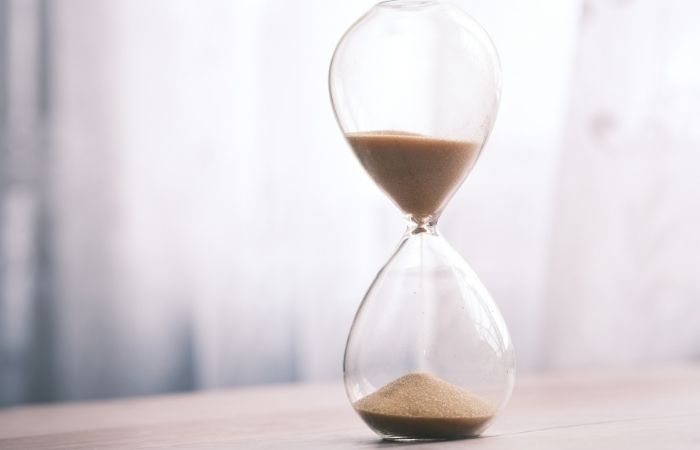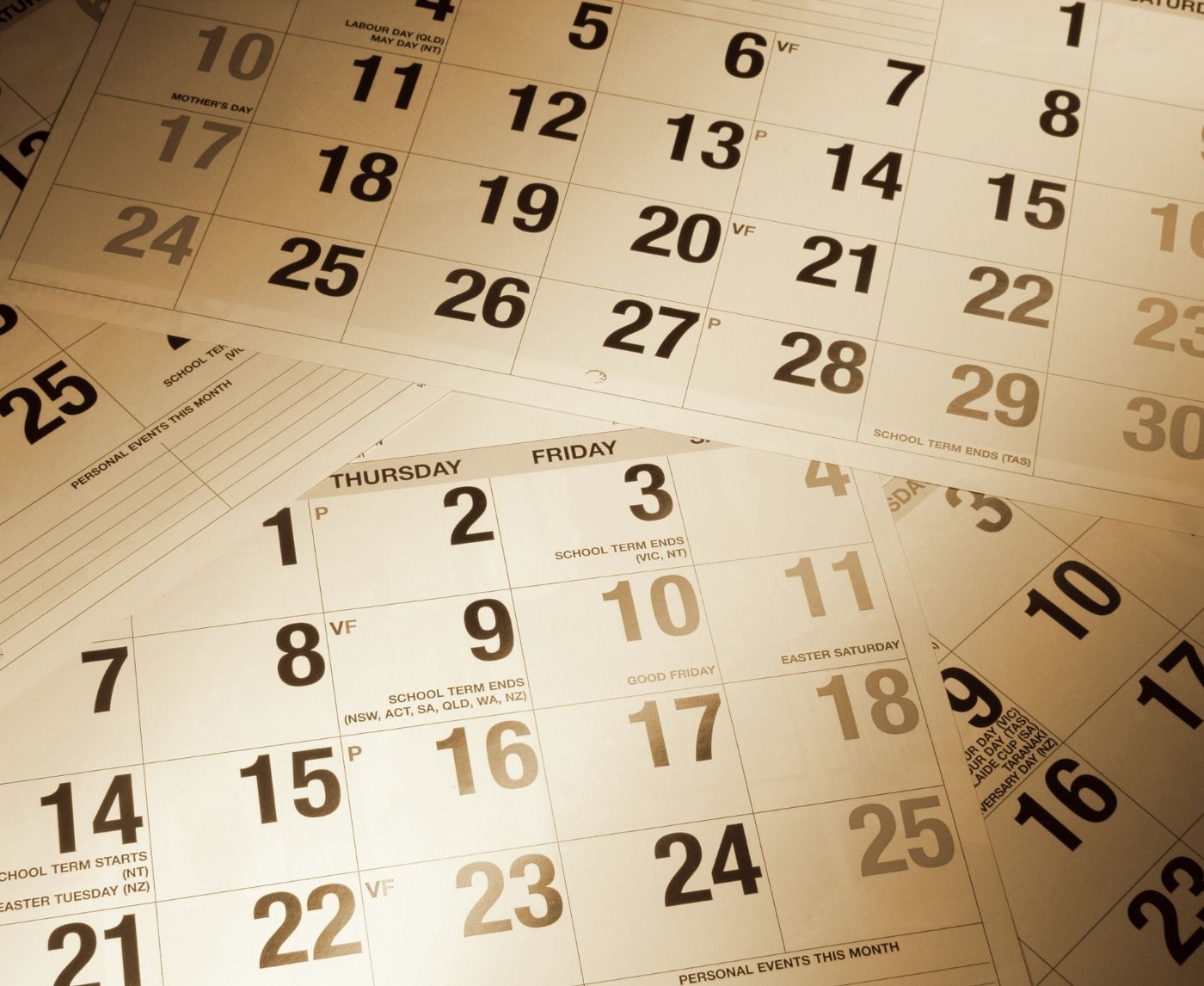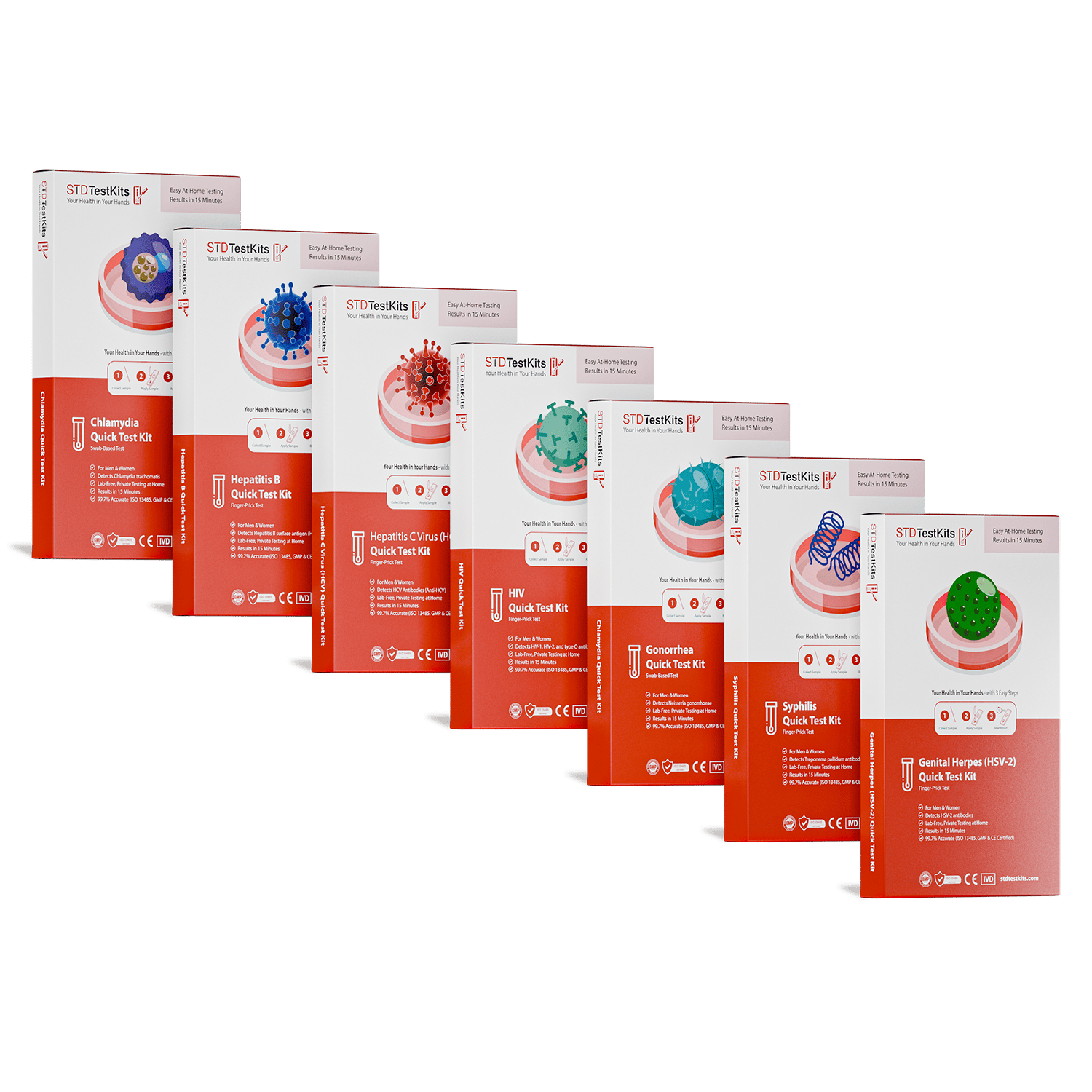HIV Test Too Early? Here’s When to Test for Accurate Results
Quick Answer: Every STD has a different window period. Testing too early can lead to false negatives. Most accurate results come 2 to 6 weeks after exposure, depending on the infection.
Why Timing Matters More Than You Think
Think of the window period as the gap between exposure and detectability. It's not when symptoms show up. It's not when the infection "starts." It's the time it takes for a test to reliably pick up on the STD. And that lag can make or break your result.
Take Chlamydia and Gonorrhea. These can sometimes be detected as early as 5–7 days after exposure using high-sensitivity NAAT tests, but you’ll get the most accurate read at 14 days or later. Syphilis and HIV? They take even longer, with antibody-based tests needing up to 6 weeks to reliably turn positive.
That means if you test too early, a negative result might just be a false sense of security. One that lets you stop using protection, skip follow-up testing, or assume you didn’t get exposed. And that's how infections spread unnoticed.
This article is here to end that confusion. We’ll break down exactly when to test for each major STD, what types of tests work when, and why the window period isn’t the same thing as incubation or symptoms. This guide replaces the calculator, we’ll give you real examples instead. No guessing, no jargon, just the facts.

People are also reading: First Time Getting an STD Test? Here’s Exactly What to Expect
Window Periods vs Incubation: Don’t Confuse the Two
Let’s clear this up right now: the incubation period is how long it takes for symptoms (if any) to appear after exposure. The window period is how long it takes before an infection can be detected on a test. These two timelines do not always line up, and that's where people get burned.
Take Herpes, for example. Symptoms like itching, tingling, or lesions might pop up within 4 to 7 days, but blood-based antibody tests won’t reliably detect it until 12 weeks post-exposure. Meanwhile, Trichomoniasis may never cause noticeable symptoms at all, yet it becomes detectable by rapid test or NAAT around day 7 to 10.
Here’s what that mismatch looks like in practice: you feel a weird sensation five days after unprotected sex. You panic, take a test the next morning, and it comes back negative. But the truth is, most reliable tests wouldn’t even detect anything until day 10, 14, or even later. You’re still in the dark.
Bottom line: never use symptoms as your testing timeline. Use the window period instead, and let’s break it down by STD below.
Master STD Window Period Table
The table below lays out the average window periods for the most commonly tested STDs. Remember: these are estimates, not absolutes. Test sensitivity varies, and everyone’s body is different. When in doubt, wait a little longer, or retest.
Figure 1: Average window periods by STD and test type. Timelines reflect most reliable detection ranges, not earliest possible results. Sources: CDC, WHO
What Testing Looks Like in Real Life
Let’s say Janelle had unprotected sex on a Saturday night. By Tuesday, she was spiraling, reading Reddit threads, googling “can you get chlamydia from oral,” and ordering a rapid test. She took it Thursday morning. It came back negative.
Fast forward a week. She gets an itch that won’t quit. She retests at the two-week mark with a combo kit and boom, positive for Trichomoniasis and Chlamydia. That first test didn’t fail. It was just too early. The infection was there, but undetectable.
Early testing can absolutely have value, especially if you’re symptomatic or were exposed during assault or condom failure. But most rapid tests can’t pick up low viral loads or early antibodies. That’s why understanding your timing is critical.
So When Should You Actually Test?
Here’s a cheat sheet, but remember: these are minimums. Testing sooner is possible, but may require a follow-up test later to confirm. If you only test once, do it when the window has fully closed.
Figure 2: Earliest testing windows and retest guidance by STD. Use this as a rule of thumb, especially after high-risk exposure or when symptoms are unclear.
If you're unsure which test to take or when, start here: This combo kit checks for the most common infections with discreet shipping and fast results.
If your head keeps spinning, peace of mind is one test away.
Why Retesting Matters (Even After a Negative)
Here’s the harsh truth: one negative test doesn’t always mean you’re in the clear. Especially if you tested during the early window period, or had sex again before the window closed. A single snapshot doesn't capture the whole story if your exposure is ongoing.
Take DeShawn, for example. He tested negative for HIV at two weeks using an antigen/antibody combo test. But he’d had multiple partners in that time. His doctor recommended retesting at six weeks, and that’s when a NAAT confirmed the infection. He got early treatment, but that first test gave him false comfort.
If you’ve taken antibiotics for something else, like a sinus infection, it could suppress bacterial STDs temporarily. That means a test might miss it. Retesting helps make sure your timeline isn’t lying to you.
Rapid Test, Mail-In, or Clinic: What’s Best for Your Timing?
Not all tests are built the same. Some detect genetic material (like NAATs), others detect antibodies (like most HIV or herpes tests), and some rapid tests use antigen detection or lateral flow strips. That affects how early they can catch an infection, and how confident you can be in the result.
Figure 3: Choosing the right test based on timing, urgency, and accuracy needs. No test is perfect, but your timing can make or break its value.
If you’re still unsure, go with a lab-based combo panel or a combo kit that’s been reviewed for both early detection and reliability. You don’t need to be perfect, you just need to know where you stand.
False Negatives Happen: Here’s How to Handle Them
Nothing shreds your nerves like getting a negative test result... while your symptoms scream otherwise. Or when your gut says something’s wrong. That’s where false negatives enter the chat, and the window period plays a starring role.
There are three main reasons why false negatives happen:
- Testing too soon: Your body hasn't made enough viral material or antibodies to make a positive.
- The test isn't very sensitive: This is especially true for some quick or visual tests where it's hard to see the lines.
- If you don't collect samples correctly, use expired tests, or don't swab correctly, the results could be wrong.
If you still have symptoms or doubts after a negative result, test again at the end of the full window. And if something still doesn't feel right, trust your gut. Get help from a doctor. Don't use the test as the whole picture; use it as one piece of the puzzle.
Privacy, Shipping, and Planning Around the Wait
One of the best parts of at-home testing? No waiting rooms. No explaining yourself. No raised eyebrows from clinic staff. You order it, test when you’re ready, and get answers without judgment.
Every test from STD Test Kits is shipped in discreet packaging with no mention of sexual health on the label. Kits arrive quickly, often within 1–3 business days depending on your location. Most can be stored for several months unopened, so you can keep one on hand in case of future exposure.
If you're living in a rural area, traveling, or just not ready to walk into a clinic, home testing can be a game changer. It’s not about hiding, it’s about control. And sometimes, that’s exactly what you need when the waiting gets loud.
What If You Test Positive?
The worst-case scenario isn’t a positive result, it’s not knowing. If your test comes back positive, take a breath. Most STDs are treatable. Many are curable. All are manageable. What matters most is catching it early and stopping the cycle of silent transmission.
Start by confirming with a second test if needed, especially for HIV, Syphilis, or Herpes. Then connect with a provider. Telehealth services can prescribe antibiotics or antivirals discreetly. Partner notification can feel scary, but it’s part of healing, not punishment.
You are not dirty. You are not irresponsible. You’re doing what most people never do, taking control of your health. That’s something to be proud of.
And when you're ready to retest or help a partner get checked, discreet options are right here: Order a Combo STD Test Kit that covers the most common infections from home.

People are also reading: STD or Just Normal Discharge? How to Tell the Difference
FAQs
1. How soon should I test after unprotected sex?
Honestly? It depends on the STD. Some tests (like for chlamydia or gonorrhea) can pick things up in as little as 5–7 days. But if you want the best shot at an accurate result, wait 14 days. That’s the sweet spot. For viruses like HIV or syphilis, you’ll need more like 4 to 6 weeks.
2. I tested negative, but something feels off. What now?
Your gut isn’t a lab, but it’s not dumb either. If symptoms are showing up or your spidey-sense is buzzing, trust it. You may have tested too early, used a low-sensitivity test, or be dealing with something unrelated (UTI, yeast, stress rash, yep, it’s a thing). Either way, retesting after the full window period is smart.
3. Can I get a false negative on an STD test?
Yup, and it’s more common than you’d think, especially if you test early. The test isn’t lying, it just hasn’t caught up with your body yet. Think of it like checking your email before the message arrives. It’s not there… yet.
4. Are at-home STD tests reliable?
When used properly and at the right time? Absolutely. Especially for bacterial infections like chlamydia and gonorrhea. Viral infections (like herpes or HIV) get trickier and sometimes need a second test or a clinic follow-up. Read the instructions, time it right, and they work damn well.
5. Do I need to test again if I’ve already taken antibiotics?
Yes. Antibiotics can make bacteria go quiet without fully clearing an infection, especially if they weren’t the right meds or the right dose. Wait 14–21 days post-treatment and test again to be sure you’re in the clear.
6. My partner tested negative. Am I good?
Maybe. But also maybe not. They could’ve tested during their own window period, or had a different exposure than you. Don’t use their result to skip your own testing, your timeline is yours.
7. I had symptoms, but my test was negative. Could it still be herpes?
That’s the herpes trap. Symptoms often show up before blood tests go positive. A sore doesn’t mean nothing’s there just because a test says so. If you’re symptomatic, a swab of the lesion (if it’s still there) is more reliable than an antibody test. Retesting later is wise either way.
8. Can I get tested the next day after a hookup?
You can, but it’s kind of like shaking a Polaroid before the image develops. Nothing’s wrong with checking early, especially if it helps calm you down. Just know that early testing means retesting later, too. A second test at the right time seals the deal.
9. Is it really private to test at home?
100%. No awkward waiting rooms. No nurse calling your name. Kits arrive in plain packaging and results are between you, your browser, and your next move. Many people test from their bedroom, their car, or even while traveling. That’s real freedom.
10. What if I keep testing negative but still feel anxious?
Then it's not just about results, it's about peace of mind. You’re allowed to feel nervous, even with a stack of negatives. Talk to someone. Test again if it helps. But also remember: no test gives you 100% certainty about everything. It gives you a clear next step. And sometimes, that’s enough.
You Deserve Answers, Not Assumptions
No one should have to guess whether they’re safe. No one should be punished by timing mistakes. Whether you were exposed five days ago or five weeks ago, there’s a test, and a strategy, that fits your situation.
So let go of the shame. Let go of the second-guessing. You’ve got real tools, real timing, and real clarity now.
Explore all home STD tests here and get answers that match your timeline, your body, and your life.
How We Sourced This Article: We combined current guidance from leading medical organizations with peer-reviewed research and lived-experience reporting to make this guide practical, compassionate, and accurate. In total, around fifteen references informed the writing; below, we’ve highlighted some of the most relevant and reader-friendly sources.
Sources
1. CDC – 2021 STD Treatment Guidelines
3. Planned Parenthood – STDs, HIV, and Safer Sex
4. Getting Tested for STIs | CDC
5. STI Screening Timetable: Window Periods & Body Sites | University of Oregon
6. STI (Window Periods) – When Should I Test? | Brighton Sexual Health
About the Author
Dr. F. David, MD is a board-certified infectious disease specialist focused on STI prevention, diagnosis, and treatment. He blends clinical precision with a no-nonsense, sex-positive approach and is committed to expanding access for readers in both urban and off-grid settings.
Reviewed by: Jenna Alvarez, RN | Last medically reviewed: November 2025
This article is for informational purposes and does not replace medical advice.






